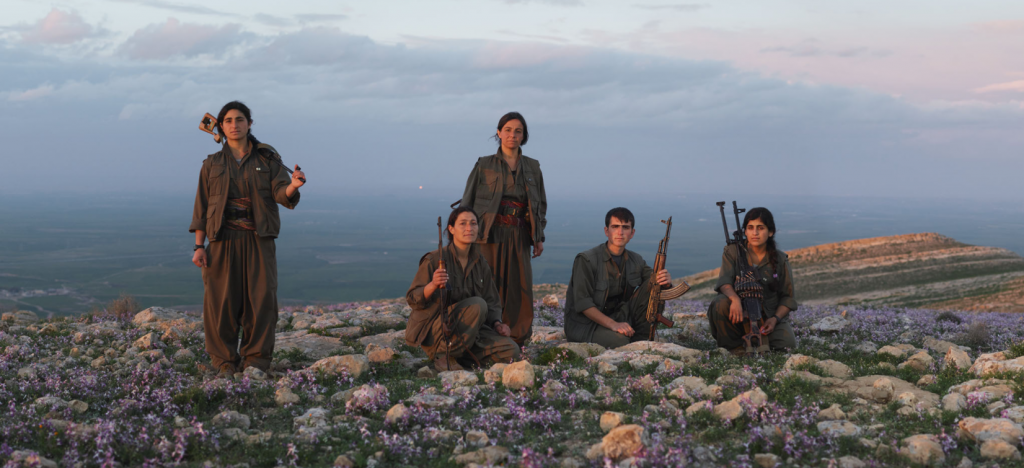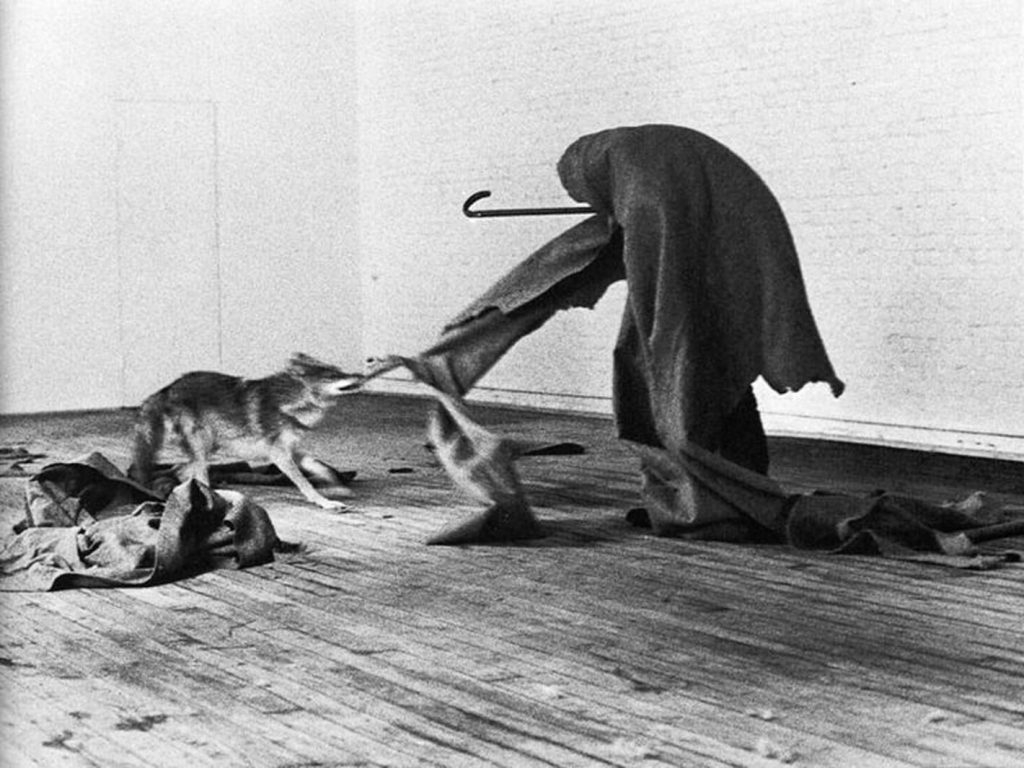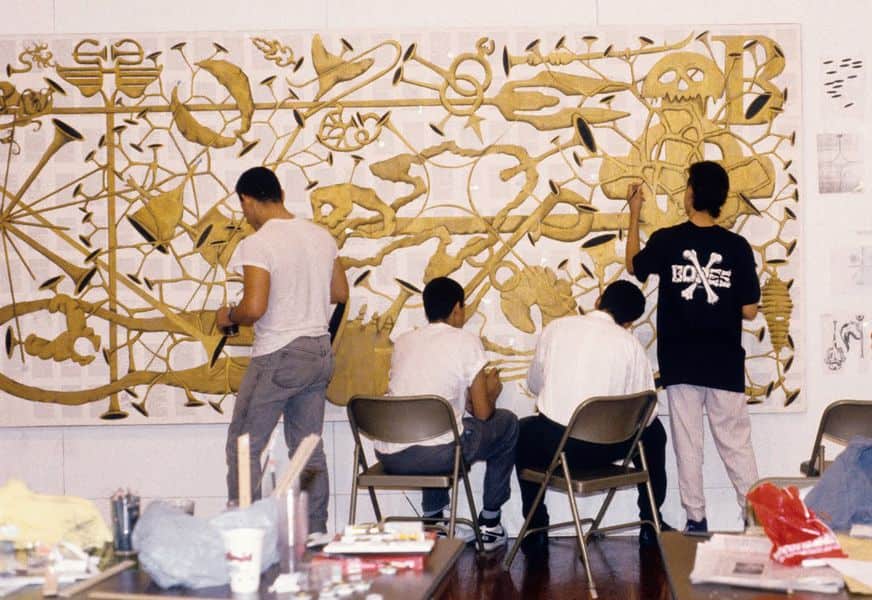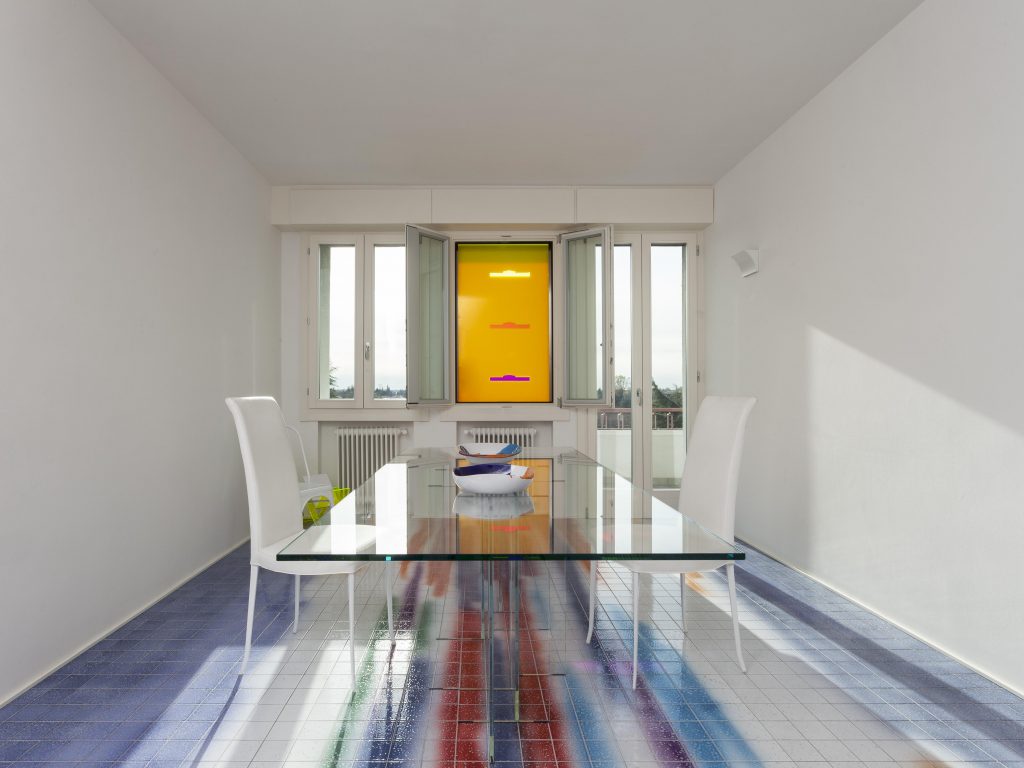In our country, we talk too little, and too bad, about the conflict that has been going on since the last century and which is far from a diplomatic or military solution: the one that Turkey is carrying on against the Kurdish population in the middle East. The causes of the hostilities are remote: the Kurdish ethnic minority has been claiming its own independent State for centuries, but only after the II World War and the partition of the Ottoman Empire the USA started to give their support for this cause. However, the failure in respecting the promises and the Turkish opposition to the creation of a bordering autonomous state led to the division of the region of Kurdistan between four states (Syria, Iraq, Turkey and Iran) at the expenses of an ethnic and religious minority of forty million people; this rupture then progressively widened in the last years, thanks to the Turkish support to the Americans in their war against ISIS and, on the other side, with ISIS requesting help to the Syrian Kurdish for the liberation of northern Syria.
These patterns and events are often considered passively by the western spectator, but it is in this reality that young man and women choose to risk their lives on a daily basis, protecting ideals such as democracy, women’s liberation from patriarchy, profit redistribution, the right to the self-determination of nations, social economy, making all of these notions their own. On the other hand, we are talking about the founding values of the Democratic Confederalism, the socio-political paradigm theorized in 1978 by Abdullah Ocalan, leader of the PKK, the Kurdish Workers Party, who has been imprisoned for twenty years in the maximum-security prison of Imrali, on charges of being a political opponent to the Turkish regime.
The Kurdish people, unlike other countries, which seem to be moving backwards in this matter, promote and practice daily the pacific coexistence of different ethnicities, religions, languages, and an impressive number of internationalisist, young people from all over the world, is ready to give their support for the cause of Kurdish liberation.
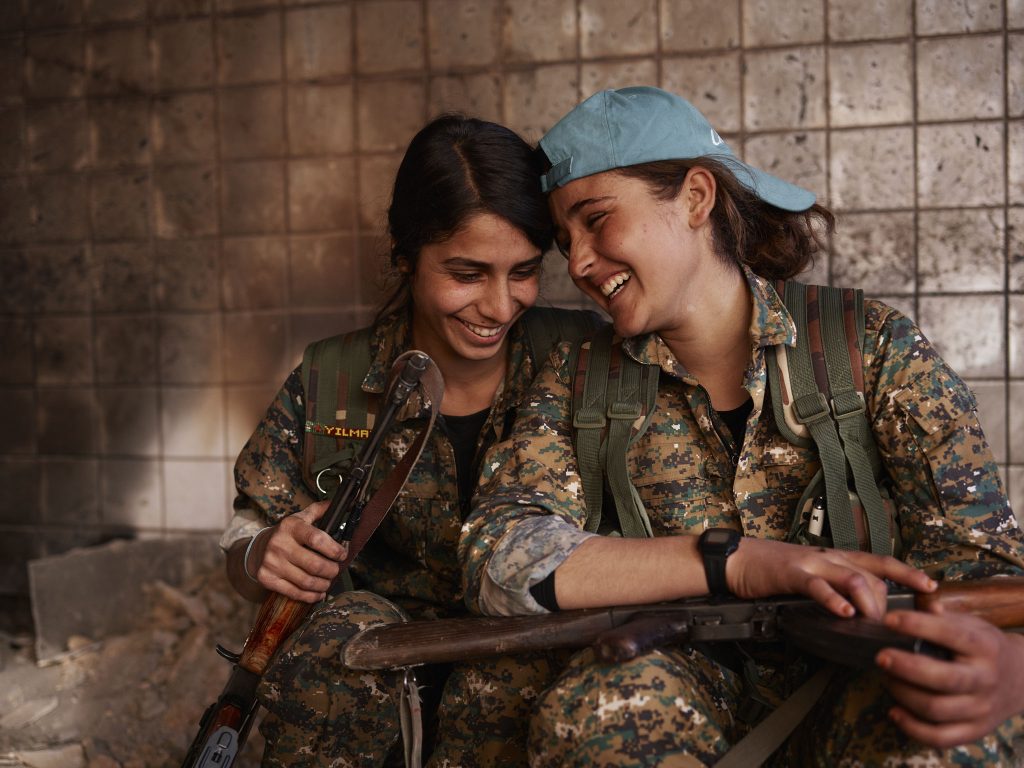
The attempt to present a scenario as complex as this whit a satisfactory degree of accuracy turns out to be a challenging task. The media narrative regarding what is happening in this area is often stained with prejudices, rhetoric, propaganda, games of power: all elements which polluted the positive contribution of many young people in these last times, including also Italian personalities, like Edgarda Marcucci, Jacopo Bindi, Paolo Andolina. The place where their interest is coming from is made clear by their words on social medias or during debates on the subject: on the one hand, they are driven by the desire to make a contribution for the liberation of an oppressed population; on the other hand, they aspire to the creation of a social model in which they can identify, in order to be able to revive its characteristics also in their own country ,through daily practice. Sadly, the mediatic instrumentalization of their actions underlined their current situation, having been recently condemned to precautionary measures by the court of Turin – because considered ‘socially dangeroyus’ – rather than their brave example.
On the contrary, art appears to be the most direct and genuine mean to talk about this situation. Especially in the last years, in Italy, numerous interesting events were displayed, coming from both institutional and private initiative: performances, online meetings and projects, all with the aim of raising awareness on the issue of Kurdish resistance. Regarding the capital, we can mention the highly visited exhibition “Scavare fossati” hosted at the MAXXI and set up with pages from “Kobane calling”, the comic about what Michele Rech (alias Zerocalcare) experienced in Syria in 2015; ““Cambiamento di Stato, Macro Asilo-Asilo di Kobane” by Nicoletta Braga at the Macro in 2019, or again Artists for Rojava, a project aiming to the staging of an Ebay exhibition where the works of various artists – renowned or unknown – would have been auctioned to raise funds for the Kurdish population, before the whole initiative was stopped by the spreading of the pandemic.
Other international artist, in particular two photographers, made the Turkish uprising the center of some of their works, which we can still see, some years after their presentation, on their online portfolios. Through their lens, they tried to capture and fix in a series of shots the individual experiences of who is acting in the first person to modify the social balance in the Middle East: in this historical moment, where the means to investigate the present are increasing in number, the aspect of documentation and testimony characterizing this type of artistic expression make the photography a political and ethical means, capable of synthesizing in a more accurate and direct way a complex situation. Despite the visual overload which we daily undergo, some pictures, such as those by Joey Lawrecce and Murat Yazar, are rich of messages which settle in memory, making roots and encouraging the audience to look within and take a stand, whichever it is, on what they are seeing.
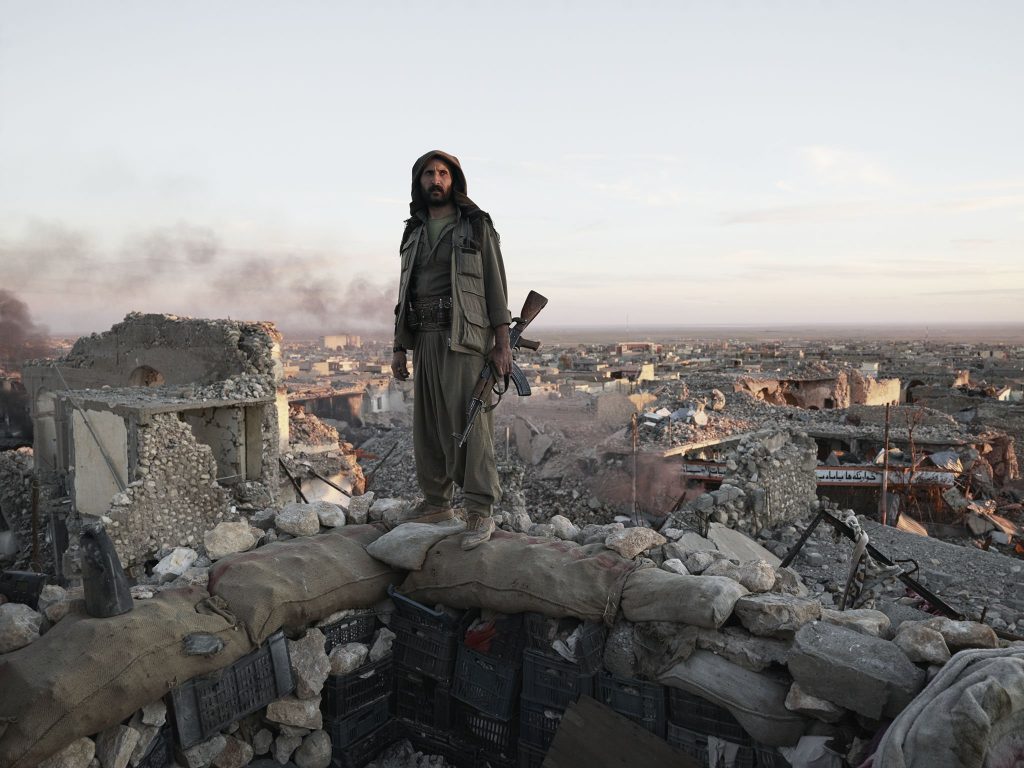
Joey Lawrence, Canadian photographer and director, engaged in various global humanitarian projects, in 2015 tried to analyze the situation in Kurdistan: the artists explicitly choses the form of portrait, living side to side with the guerrillas fighting in Iraq and Syria against the troops of the Islamic State:these are the declarations of the artist, which, attracted to war photography since childhood, finally decided to head in the first person towards the only areas (still?) enjoying a certain degree of independence, painfully conquered foot after foot through military actions.
The product of this works is We came from fire: Kurdistan’s armed struggle against Isis, a book-catalogue in the form of a diary, where Lawrence gathers medium format pictures representing the Kurdish Protection Forces, YPJ and YPG (respectively constituted by women and men), engaging side by side in a blood-soaked war against the militiamen of the self-styled Islamic State, which proclaimed itself independent in 2014 and is sadly known to the majority of population for the damages cause to the main archeological sites and museums in the Middle East. Daesh, the derogatory term used by the local population to distance themselves from the “pure Islam” is nowadays considered a common enemy: sisters, brothers, students, refugees and young spouses escaped from arranged marriages continue to try and defend themselves from it.
Lawrence’s pictures are deep: they seem to render the subjects’ tiredness and pride, while immortalizing them wearing a uniform that is the symbol of a different model of society and of life. These images are distant from the heroic or romanticized narratives used to describe this conflict by the international media: two girls smile, leaning on each other, maybe somewhat ashamed in front of the camera; a tanned young man, dark eyes, looks right into the objective, almost in a defiant attitude; a man holding a rifle and dirty shoes in his hands stands in balance on a mountain of plastic boxes and bags… this scene almost reminds of Delacroix’s famous Victory, freeing her country, pushing it towards freedom: this man is proud, alone in the close-up photo, as if he’s guiding an entire nation; but his people aren’t there behind him, even if they are beside him in everyday life. In the background, there are only ruins, both physical and moral.
The majority of these portraits is set in crumbling spaces; however, the subjects do not pose to offer the best version of themselves, and it is maybe this specific spontaneity, characterizing the whole pictures, that catalyzes towards these people the attention of the public. Without falsifications, rhetoric or media filters, Lawrence’s pictures force us to look within, asking ourselves if we can at all empathize with what they portray, despite not touching us directly.
This really was a significant project, since it had the merit to shed a light on an issue that is most importantly humanitarian, and because it was welcomed with the favor not only of the public, directly involved, but surprisingly also that of the entire scientific and artistic community.
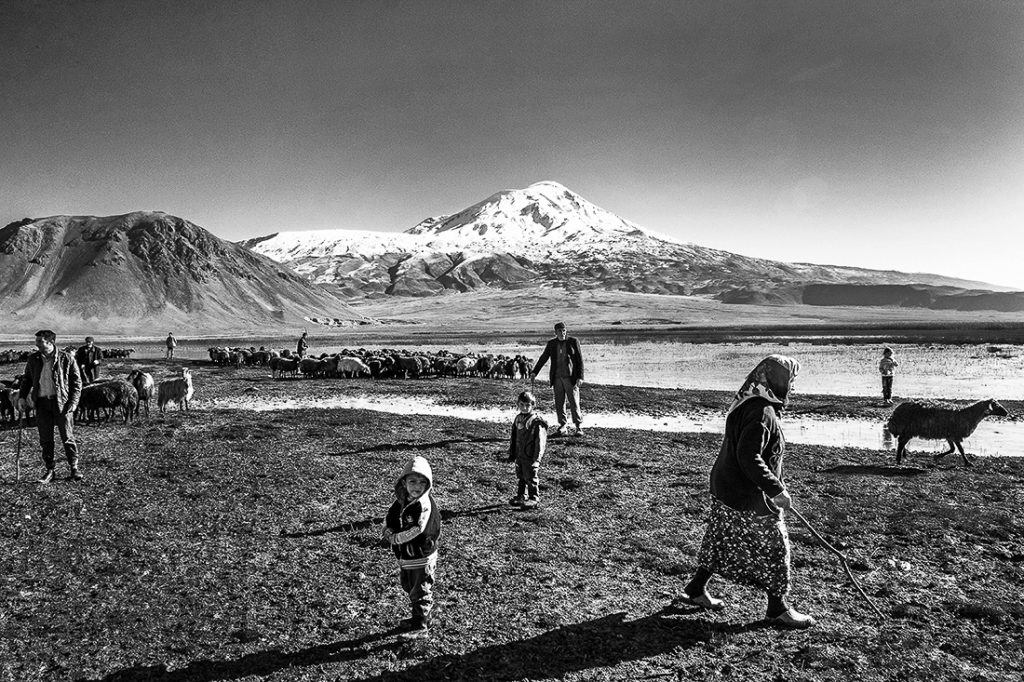
The point of view of the natives turns out to be different. Murat Yazar, a Kurdish photographer from the province of Urfa, in Eastern Turkey (the ancient Mesopotamia), contributor to the National Geographic and the New York Times, worked on the collection “Shadows on Kurdistan”. The shadows mentioned in title are both the ethnic ones, imposed by the Turkish regime prohibiting the population from speaking in their own language, and those created at the end of the Second World War when, as the artist says “…the division of Kurdistan has created borders between a community that used to live together, dividing families and confining Kurdish people among the minorities of the four different countries (Turkey, Syria, Iran and Iraq) in which they were split, forcing them among different languages and cultures. So, the idea of my project is to gather these four parts of Kurdistan in one photographic project in 4 volumes: Turkish, Iraqui, Iranian and Syrian Kurdistan.
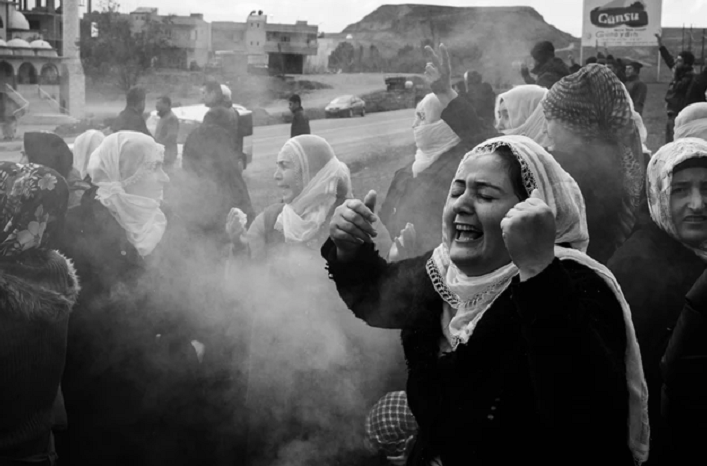
Murat’s pictures are strictly monochrome in order to avoid the spectator being guided and therefore influenced in the investigation of details and emotions: the photographer doesn’t focus his research on a physiological analysis of women or men operating in military actions, but, on the contrary, he focuses on everyday episodes of life or work, simple matters, triggering empathy with the same effectiveness.
The subjects are depicted alone or in groups: shepherds and nomads living in the mountains and valleys of the background, kids playing whit makeshift balls, workers, women celebrating, funerals, manifestations: women that, in many areas of the region, have conquered with their militancy the same political and bureaucratic representation as men. Unlike Lawrence’s shots, in Murat’s ones nobody seems to care about the camera; wile Lawrence seems to base his research on the concept of truth and authenticity, Murat’s picture about diversity and inclusion, today more than ever a central theme in the European debate.
Whether or not we share the reasons of the social fight in the Middle East, the artistic testimony of these two photographers is a great example of the possibility of giving an image of something complex with the right sensitivity, without a rhetorical narration: in this case it is the public, the observer, who perceives the message directly, without any mediation coming from someone else’s filters.

